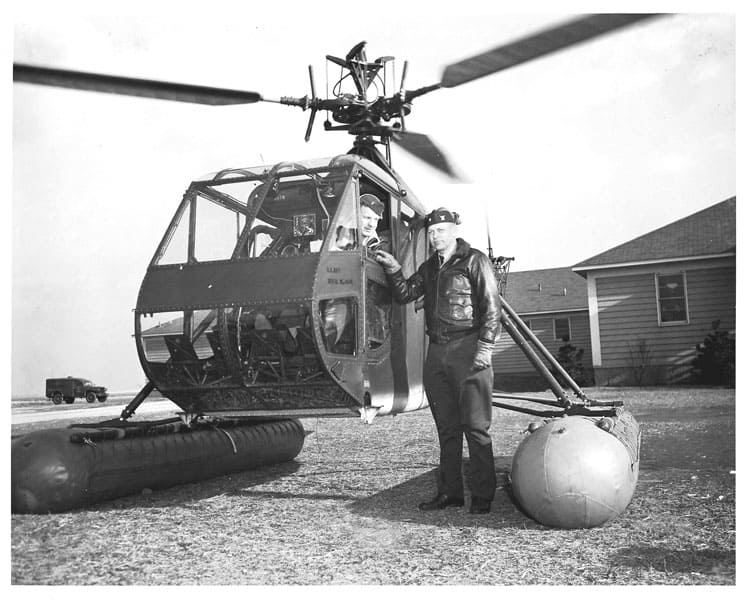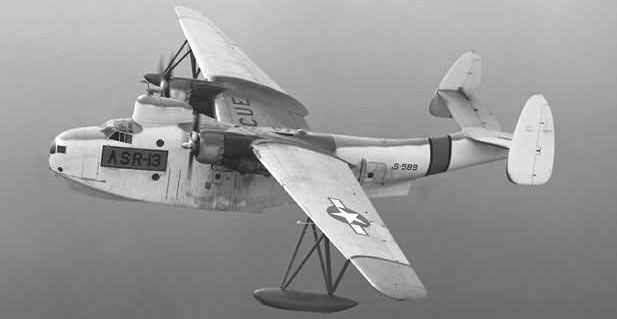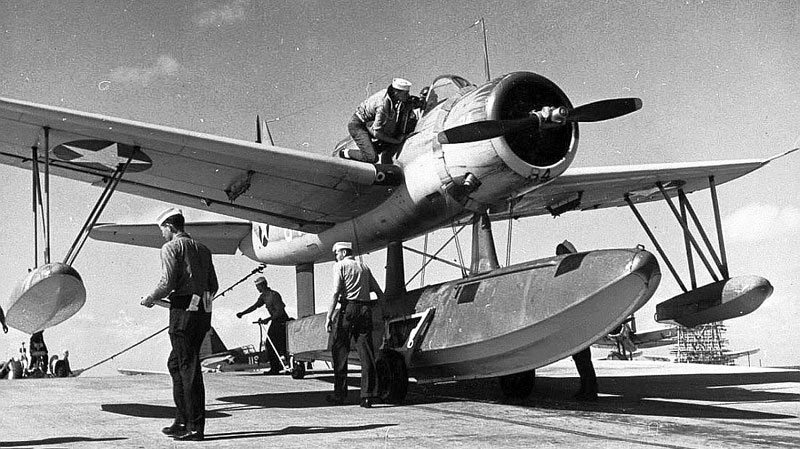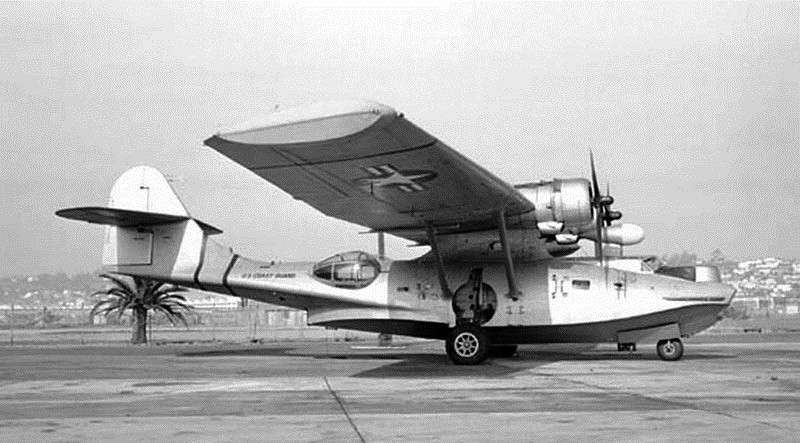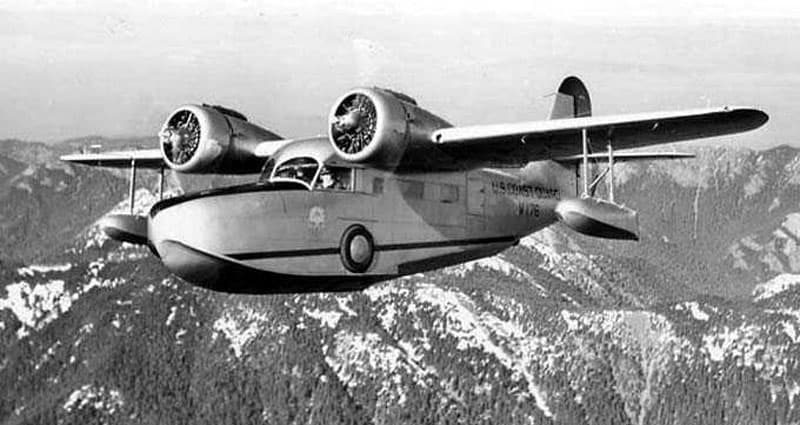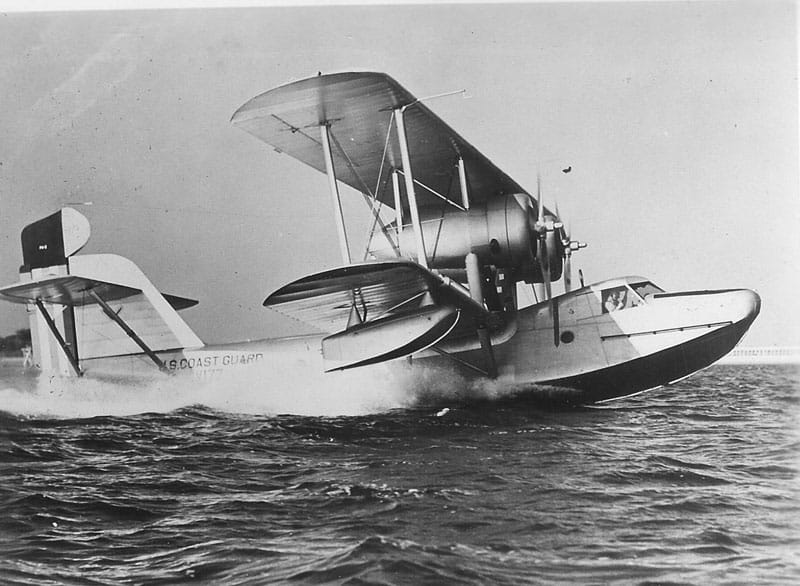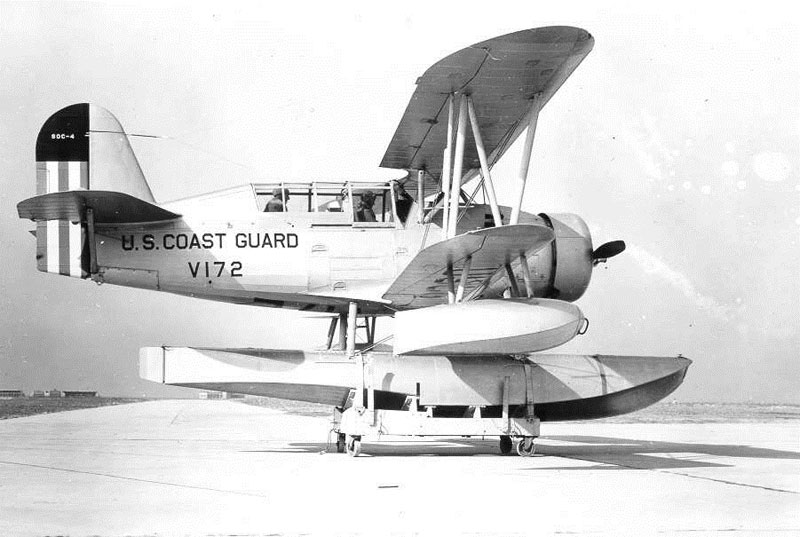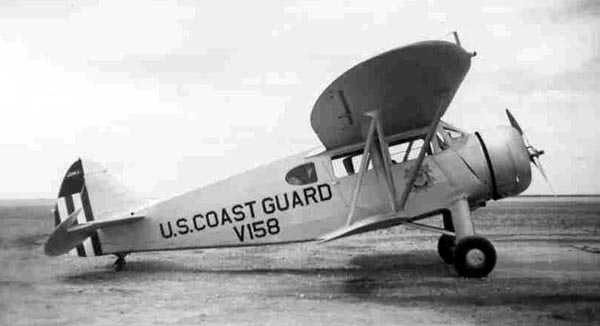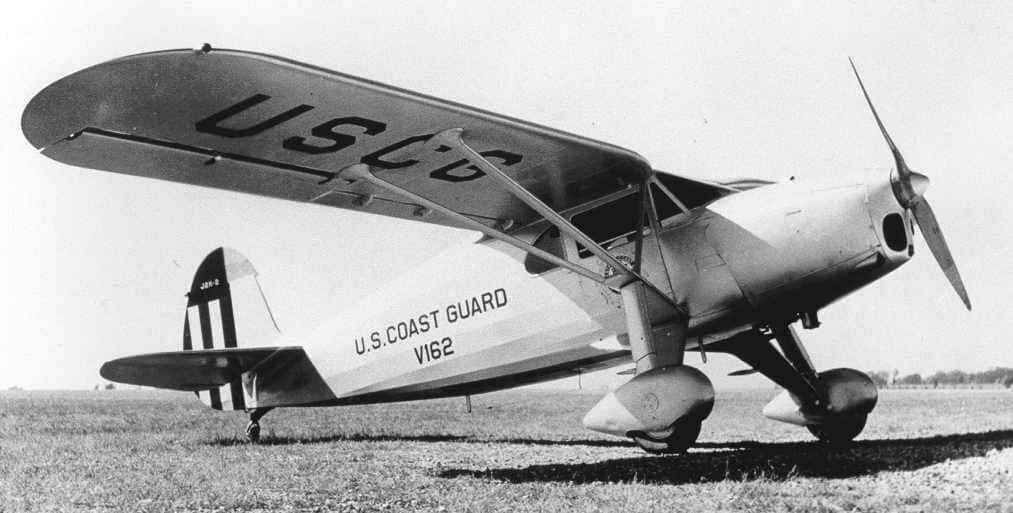Sikorsky HNS-1 “Hoverfly” (1943)
It was the Army that first recognized the potential of the Sikorsky Helicopter. The YR-4A could not carry much more than the pilot and one other person. However the HNS-1, the Navy designation for the R4 was built to train pilots. Operational missions would be handled by later aircraft that were coming up on the … Read more

